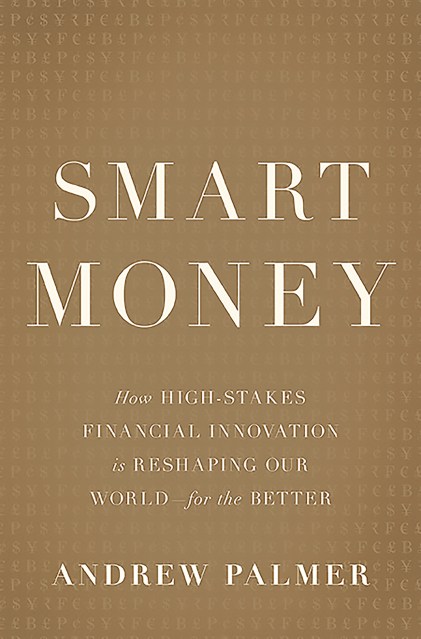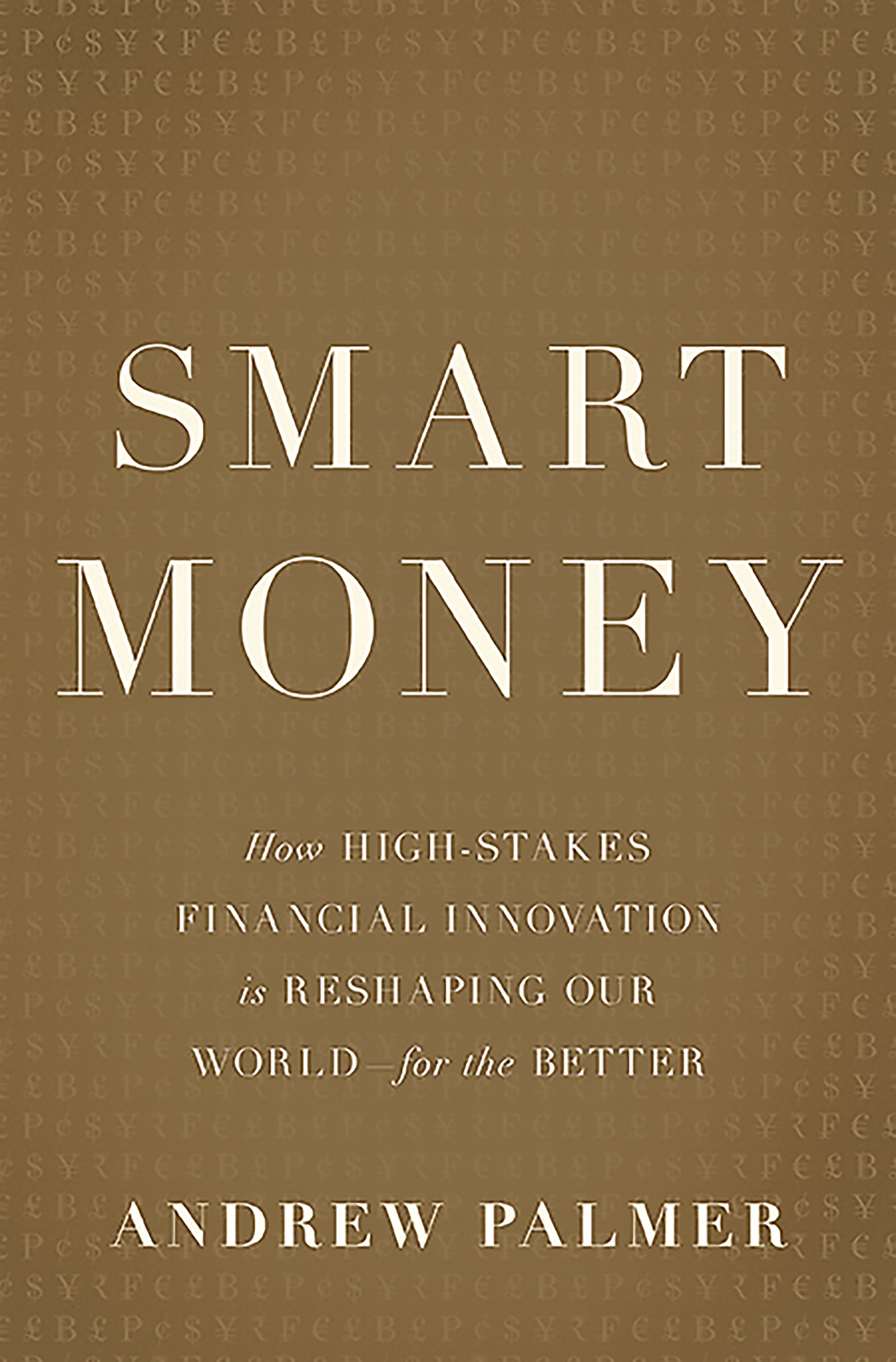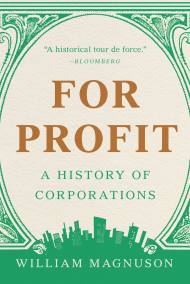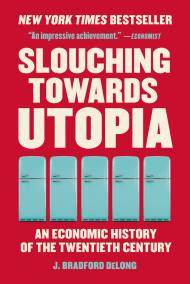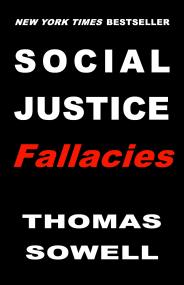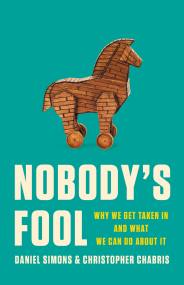Promotion
Use code MOM24 for 20% off site wide + free shipping over $45
Smart Money
How High-Stakes Financial Innovation is Reshaping Our World-For the Better
Contributors
Formats and Prices
Price
$37.00Price
$47.00 CADFormat
Format:
- Hardcover $37.00 $47.00 CAD
- ebook $18.99 $24.99 CAD
This item is a preorder. Your payment method will be charged immediately, and the product is expected to ship on or around April 14, 2015. This date is subject to change due to shipping delays beyond our control.
Also available from:
But as Economist journalist Andrew Palmer argues in Smart Money, this much maligned industry is not only capable of doing great good for society, but offers the most powerful means we have for solving some of our most intractable social problems. From Babylon to the present, the history of finance has always been one of powerful innovation. Now a new generation of financial entrepreneurs is working to revive this tradition of useful innovation, and Palmer shows why we need their ideas today more than ever.
Traveling to the centers of finance across the world, Palmer introduces us to peer-to-peer lenders who are financing entrepreneurs the big banks won’t bet on, creating opportunities where none existed. He explores the world of social-impact bonds, which fund programs for the impoverished and homeless, simultaneously easing the burden on national governments and producing better results. And he explores the idea of human-capital contracts, whereby investors fund the educations of cash-strapped young people in return for a percentage of their future earnings.
In this far-ranging tour of the extraordinarily creative financial ideas of today and of the future, Smart Money offers an inspiring look at the new era of financial innovation that promises to benefit us all.
Genre:
- On Sale
- Apr 14, 2015
- Page Count
- 304 pages
- Publisher
- Basic Books
- ISBN-13
- 9780465064724
Newsletter Signup
By clicking ‘Sign Up,’ I acknowledge that I have read and agree to Hachette Book Group’s Privacy Policy and Terms of Use
